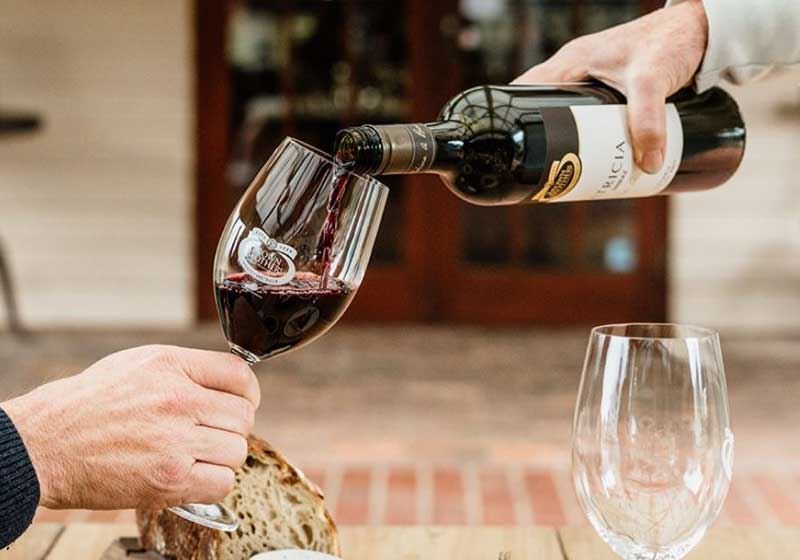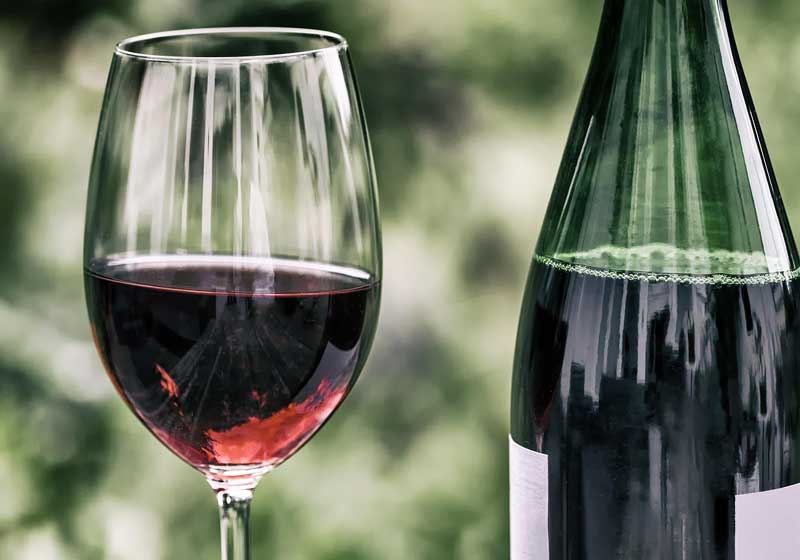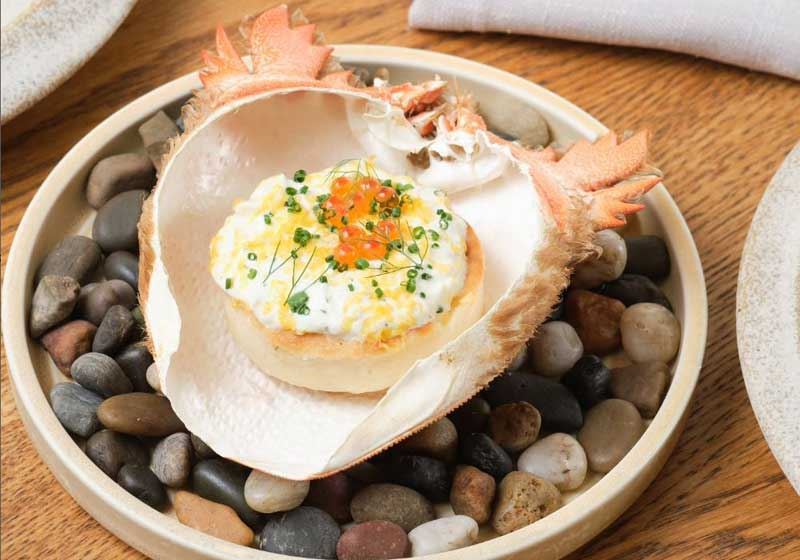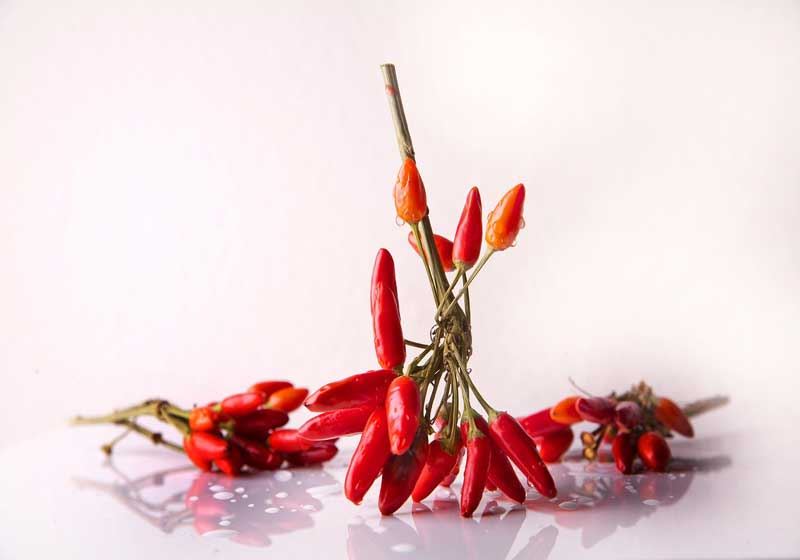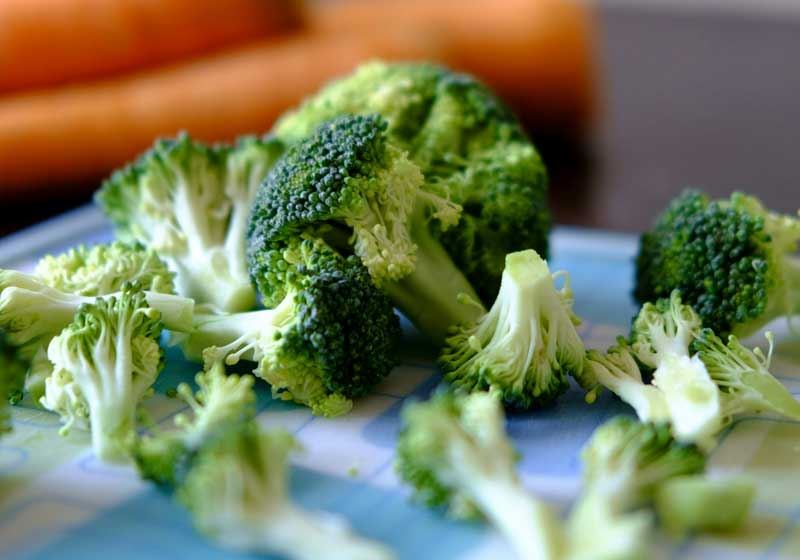The French region of Champagne is a truly magical destination for anyone who loves their bubbles.
With more than 100 main labels and nearly 20,000 growers, Champagne holds thousands of kilometres of underground cellars, beautiful chateaux, amazing tasting rooms, wonderful rolling hills of vines and superb restaurants.
While this is obviously is out of reach for travellers right now due to the COVID-19 pandemic, we wanted to light the fire for future adventures by taking you on a trip to find your favourite fizz.
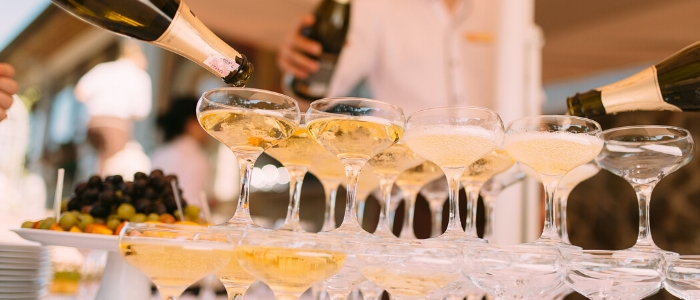
Covering the chalk plains and hills of eastern France, between Paris and Lorraine, Champagne is home to the most famous sparkling wines in the world from Mumm to Veuve Cliquot and everything in between. The word champagne is known worldwide – even if those who know the drink don’t exactly know where it comes from.
In fact, champagne wasn’t actually invented in the region. According to legend, it was monks who brought the method for making sparkling wine up from Languedoc, in the south of France. They soon discovered the chalky soil and climatic conditions in Champagne produced a bright, bubbly wine that was in many people’s opinion better than the sparkling wines produced further south.
There is no region in France – perhaps in the world – whose name has been made so famous by a local product. The area’s vineyards lie on the hills to the south-west of Reims and around the town of Epernay, which is home to several of the top labels.
Let’s take a tour around some of the best bubbles to make
your trip to France a fizz-tastic experience: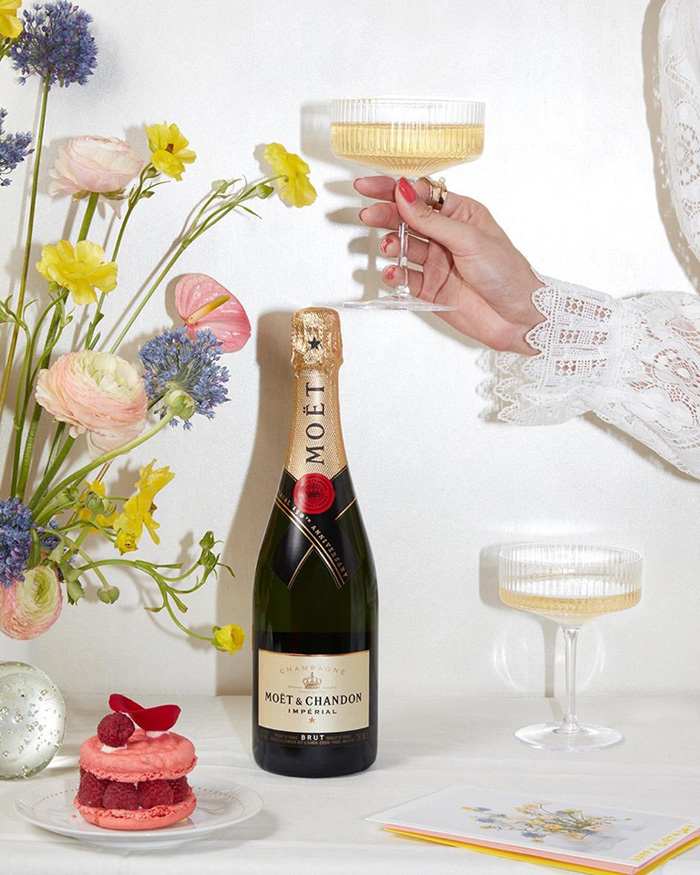
There is no name more synonymous with champagne than the legendary Moet & Chandon and a visit to the house and cellars in Epernay is a must for anyone with a bent for bubbles. Celebrating 270 years as the world’s most loved sparkling wine, every glass overflows with the house’s hallmark values of history, generosity, savoir-faire, success, boldness and elegance.
A visit to the cellars allows guests to discover the Moet expertise and legacy of know-how developed over time and passed through several generations of cellar masters. Find endless underground galleries filled with history and the largest network of wine cellars in the Champagne region, the oldest of which date back to the foundation of the company in 1743.
Dug from the colossal white chalkstone of the area, the
tunnels spread across several levels under Epernay and provide the coolness and
humidity necessary for the slow maturing of the infamous bubbles. Visitors can
meet the wine experts, who reveal the secrets of making Moet and taste vintages
such as Imperial and Ice.
Maison Mumm has taken innovation to the next level with the first champagne bottle designed for space travel – Mumm Grand Cordon Stellar. Playing with the constraints of zero gravity, G.H. Mumm has invented a new way of raising a toast and bringing a human touch to space, while still maintaining the rigorous quality expectations of the house’s Cellar Master.
A visit to Maison Mumm offers the chance to discover the unique world of an iconic champagne house, where you can explore every facet of how the sparkling wine is made, since the company’s creation in 1827. The von Mumms are one of Germany’s most ancient noble families, tracing their ancestry back to the medieval era.
It was in the 18th Century that they first became linked to winemaking and in 1876 Georges Hermann Mumm made a decision that would shape the destiny of this champagne house. He had the neck of every bottle of his Cordon Rouge Cuvee Brut decorated with a red silk ribbon, inspired by the red sashes bestowed on those receiving the highest French honour.
This firmly established Maison Mumm as an iconic brand that
is instantly recognisable to this day. Tours of the cellars, museum, tasting
room and reception areas are all available to those visiting Reims - the
unofficial capital of the Champagne region.
My personal favourite champagne, Veuve Clicquot is named for Madame Barbe Clicquot, who took over the reins of the family house after the untimely death of her husband Francois in 1805. In an era when women were excluded from the business world, she dared to assume the head of the company, a role she undertook with a passion and determination best summarised by two words - audacious and intelligent.
Champagne is a wine of legend and the entire history of the
Veuve Clicquot House is marked by mythical wines, all of which respect the
demand for quality that was the force which drove Madame Clicquot. The house is
proud of its motto: ‘Only one quality, the finest’, and only the juice from the
cuvee – the first and most noble pressing – is used in its sparkling wines.
Veuve Clicquot's crayeres.
The modern Maison of Veuve Clicquot has 390 hectares of
vineyards, comprising 47% Chardonnay grapes, 36% Pinot Noir and 17% Pinot
Meunier. A visit to the Reims house can involve private or public tours, where
you will discover how the wines are made, sample the best fizz the cellars have
to offer and discover the underground white limestone quarries located under
Saint-Nicaise, known as crayeres.
Champagne Taittinger in Reims:
In 1915, a young officer from Paris Pierre Taittinger was assigned to the chief of staff of General de Castelnau, who was based at the Chateau de la Marquetterie in the heart of the vineyards in Champagne. Pierre fell in love with the chateau, but he could not have foreseen that one day it would become the start of a family destiny.
Becoming a prominent politician and MP for Paris, he bought the chateau in 1932 and joined forces with his brother-in-law Paul Eveque to later buy the Forest-Fourneaux champagne house, one of the oldest in the region. The foundations for the Taittinger venture were now in place – almost 90 years later, Taittinger is a household name for those who enjoy the finer things in life.
The house opens its cellar doors throughout the year,
showing more than 70,000 annual visitors the secrets and history behind the
soul and style of the champagne and naturally, a tailor-made tasting session is
included as part of every tour. Go back in time through the ruins of
Saint-Nicaise Abbey dating back to the 13th Century, before
descending 18 metres below ground level into the breathtaking Gallo-Roman chalk
quarries, which are now used for maturing the sparkling wine.
Champagne Pierre-Trichet in Bouzy:
Visit cellars dating back to 1789 containing more than 200,000 bottles at Champagne Pierre-Trichet in Bouzy, just outside Reims. There is also a guest house for those who want to spend more than a day discovering the best bubbles this house has to offer.
The history of the vineyards started with Pierre Trichet’s grandmother Antoinette, who with her partly paralysed husband Edmond, planted the first wine stocks from 1945-1950. In 1961, Pierre’s parents Therese and Rene got married, settled in Trois-Puits and operated a cereal farm, until 1970 when they started the adventure of champagne-making.
The cellars were already there and in 1971 the first bottles made by Therese and Rene were stored in them and the House Champagne Trichet-Didier was born. When the cellars were extended in 1979, an incredible gallery dating from 1789 – the year of the French Revolution – was discovered; although empty it provided room for a further 45,000 bottles.
"All my wines are fragrant. Should they have no aromas, I
would not bottle them,” Pierre says. "I love round wines that remain in memory
and I prefer fruitiness to minerality. I appreciate the scents of a basket of
fresh fruits.”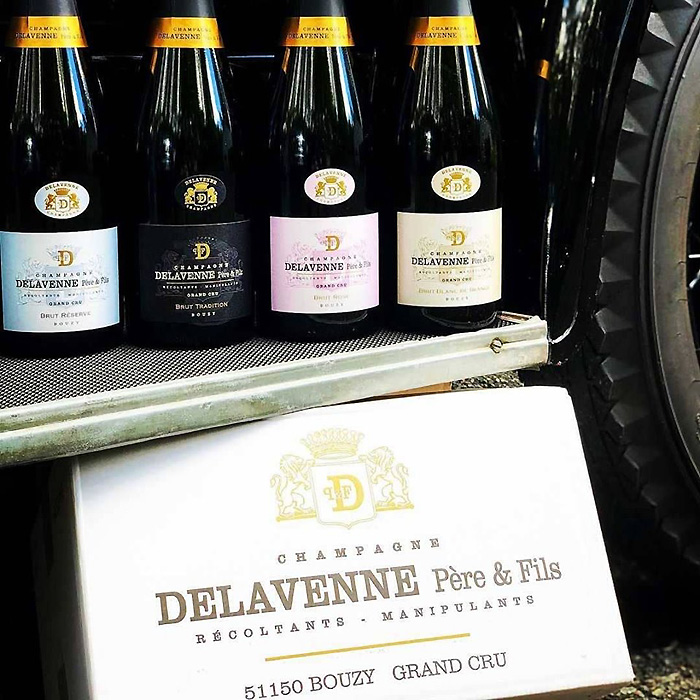
Champagne Delavenne Pere et Fils in Bouzy:
Four generations of the Delavenne family have been striving to convey their love for wine and vine by making champagne in the town of Bouzy, in Epernay. This grower champagne house owns 95 hectares of vineyards and produces 65,000-70,000 bottles annually, with all the cuvees aged a minimum of three years in the bottle.
Harvest in the Champagne region is always done manually, with the crushing of the grapes performed immediately after harvesting. Following the Champenois tradition combined with techniques characteristic of the estate, Delavenne’s wines are well suited to any occasion, with crisp and fruity flavours, which age better and express the typicity of their terroir.
The wines age in natural cellars, carved out of local chalk, resulting in drops like Amour de Louise Grand Cru – created to celebrate the birth of Jean-Christophe Delavenne’s first born Louise – a limited edition cuvee, presented in a beautifully decorated gift box. This rich, rare and generous champagne surprises with notes of berry and minerality and is great as an aperitif, or ideal complement to any meal.
We’ve just popped the cork on the amazing Champagne region and all it has to offer, for more wineries closer to home (or even in your own backyard), visit here.


